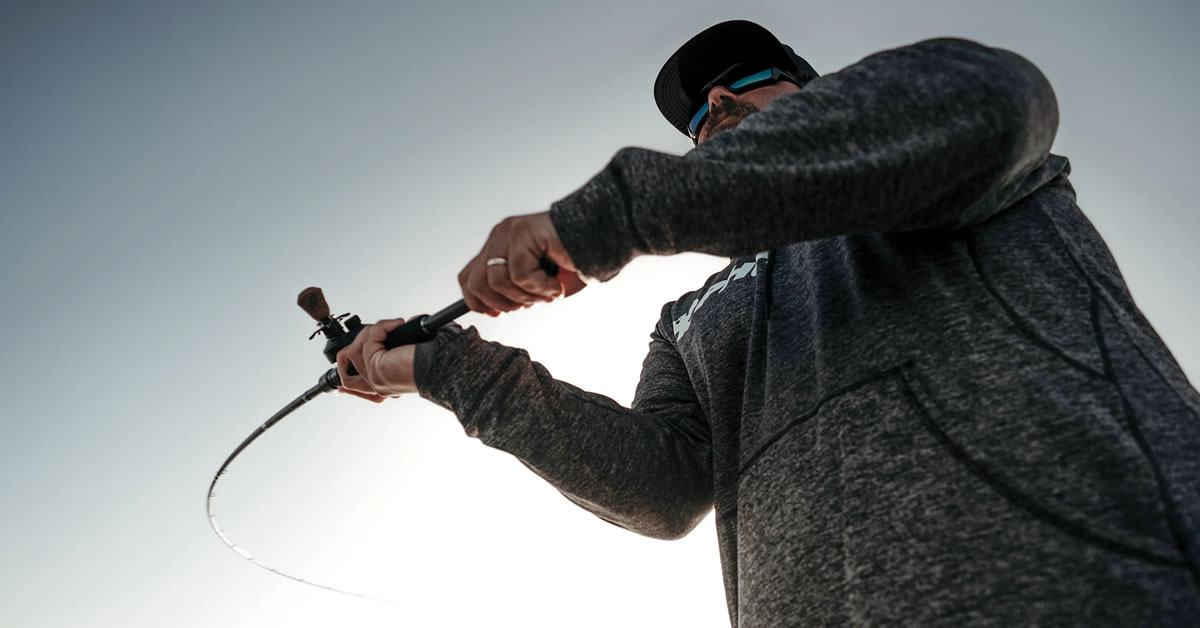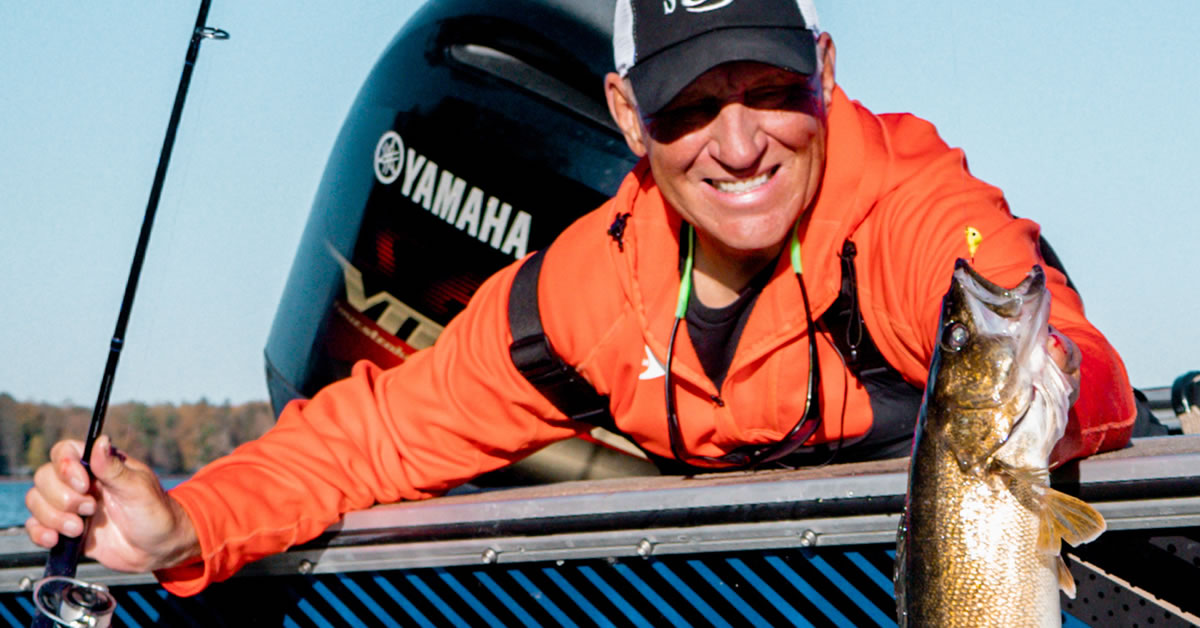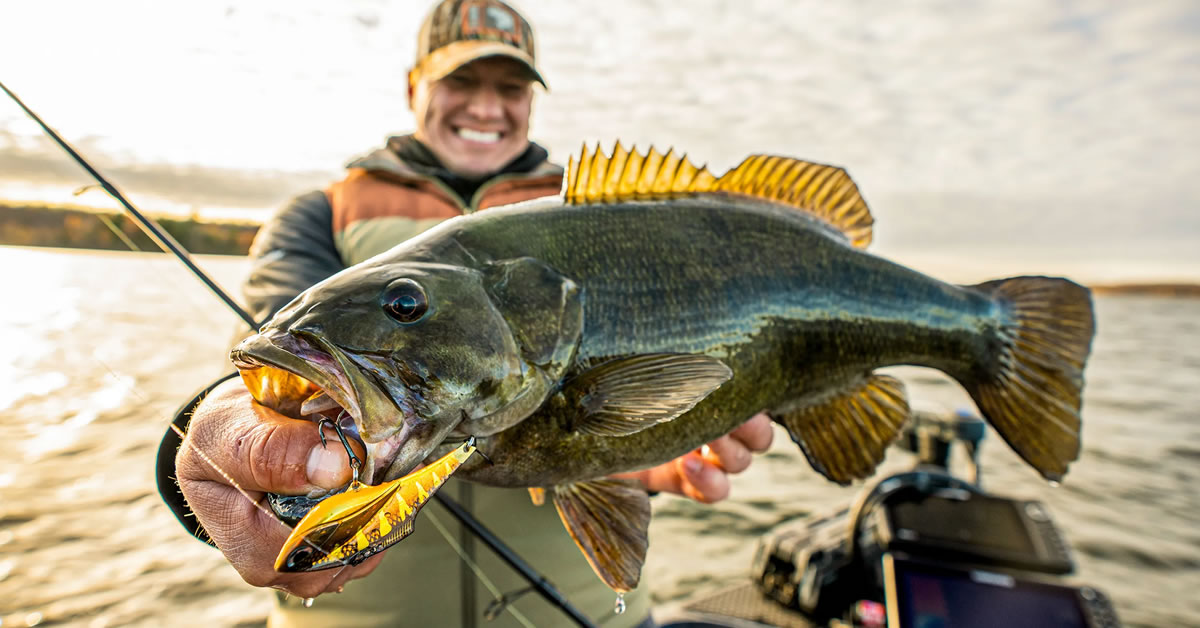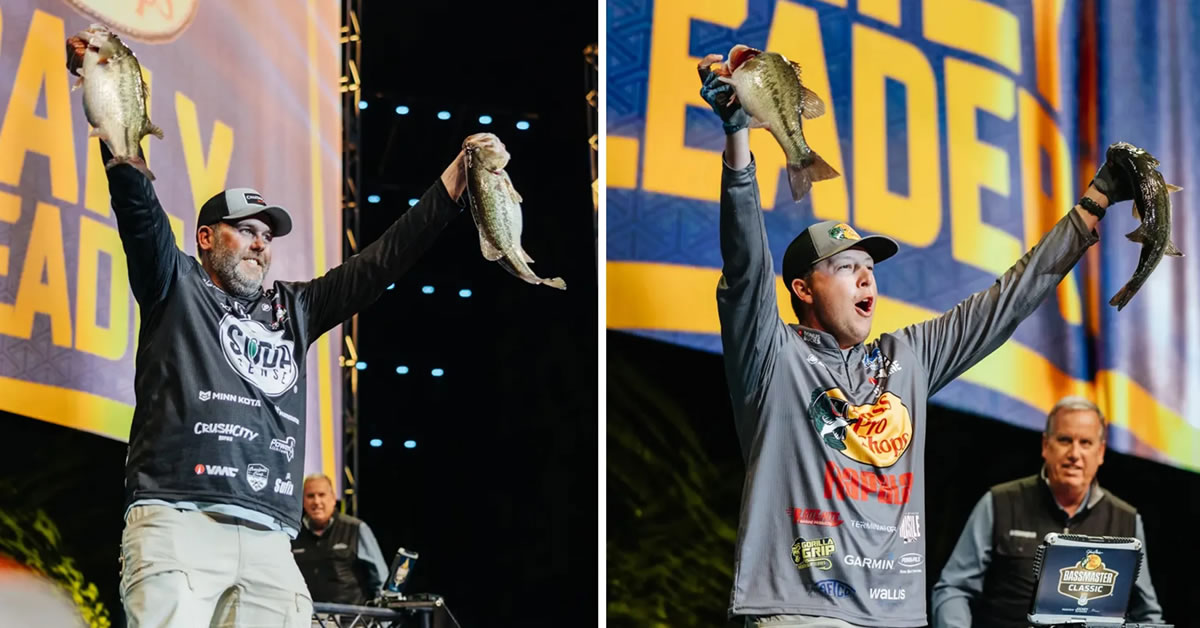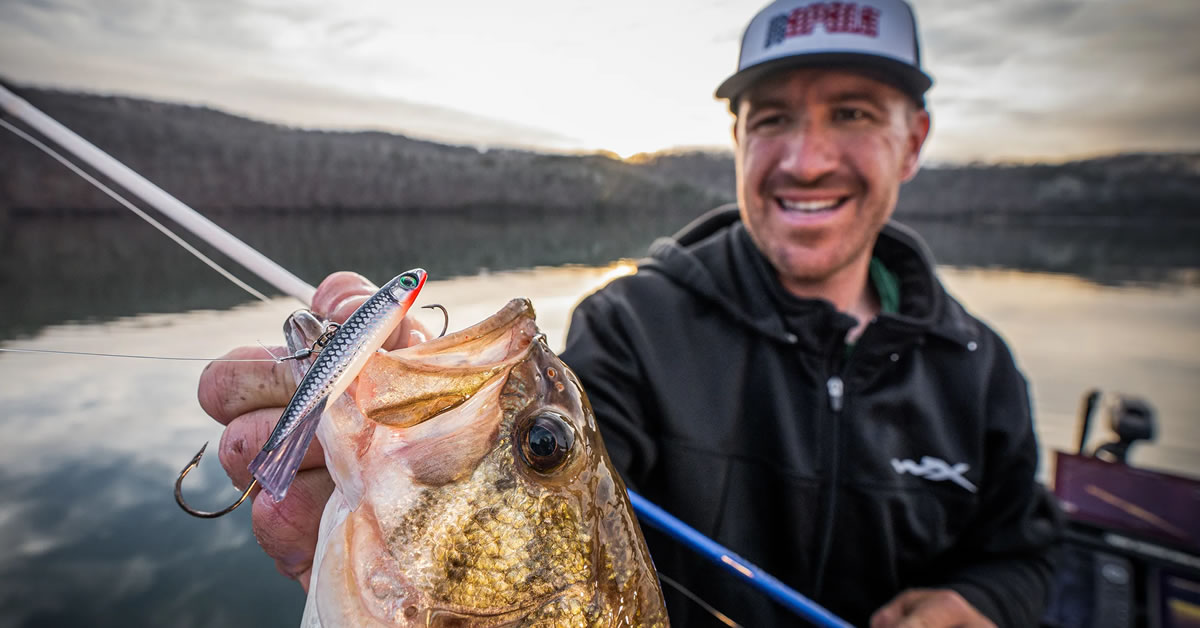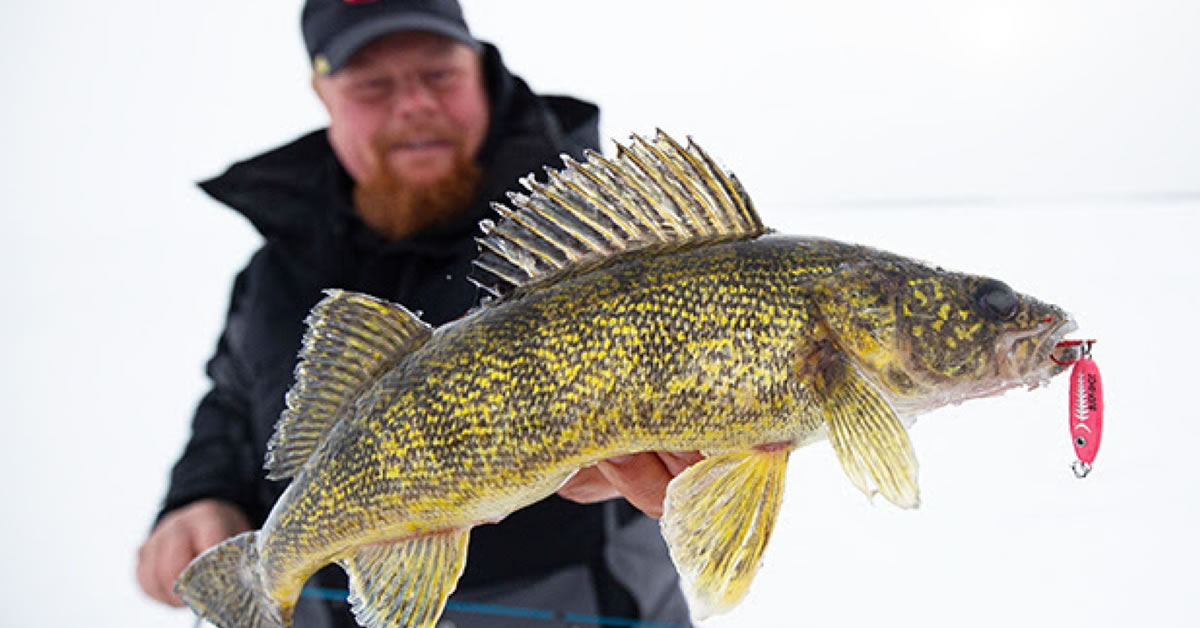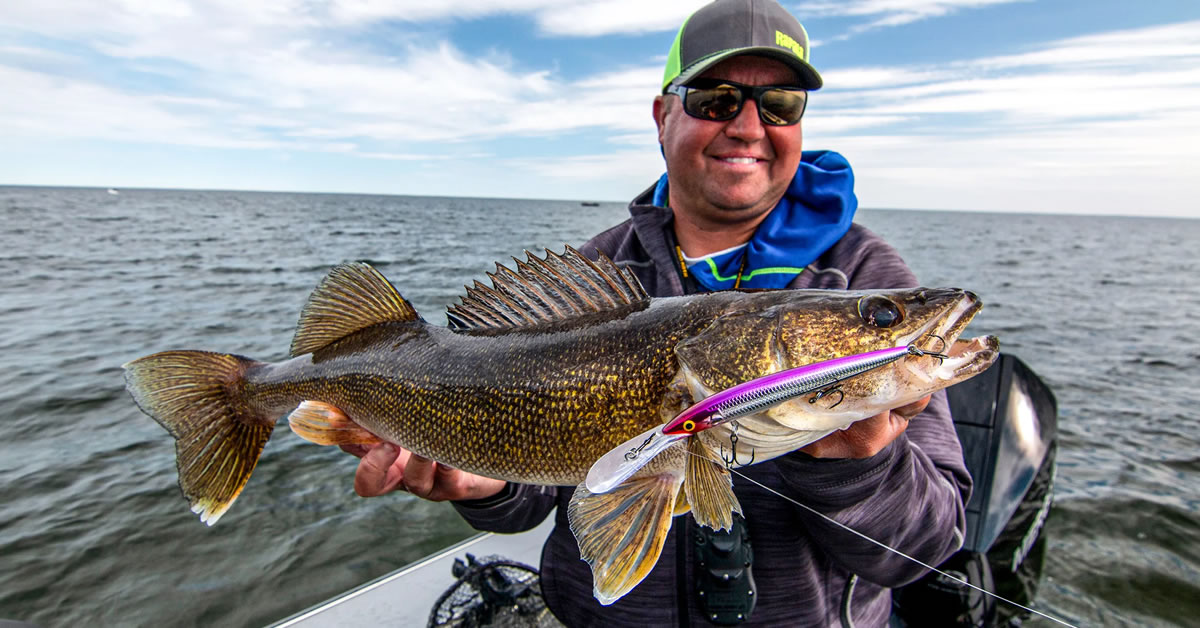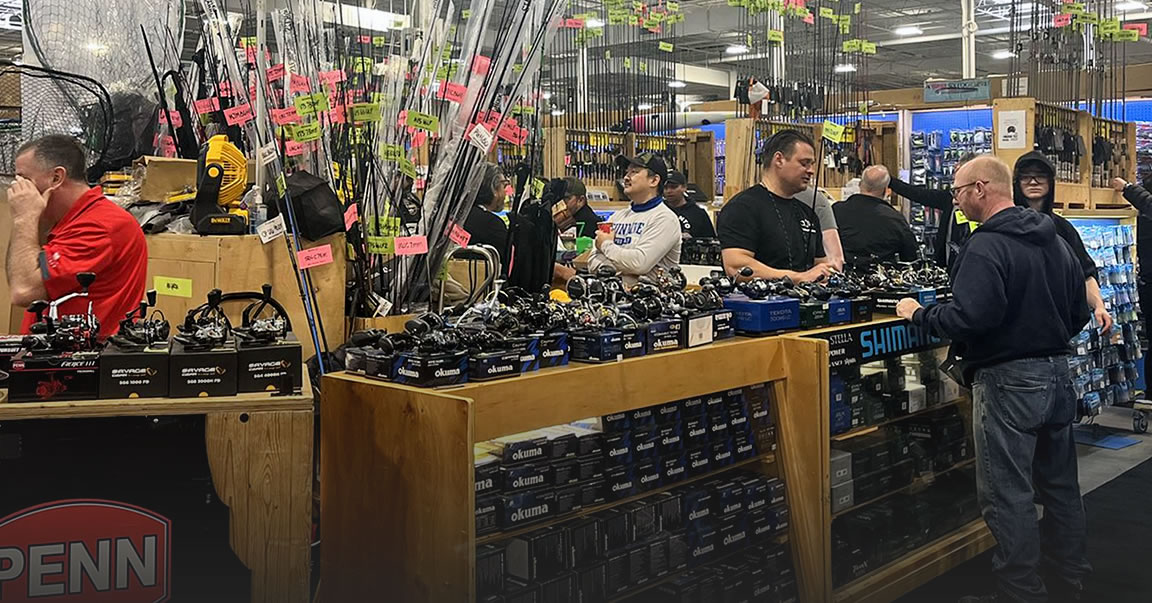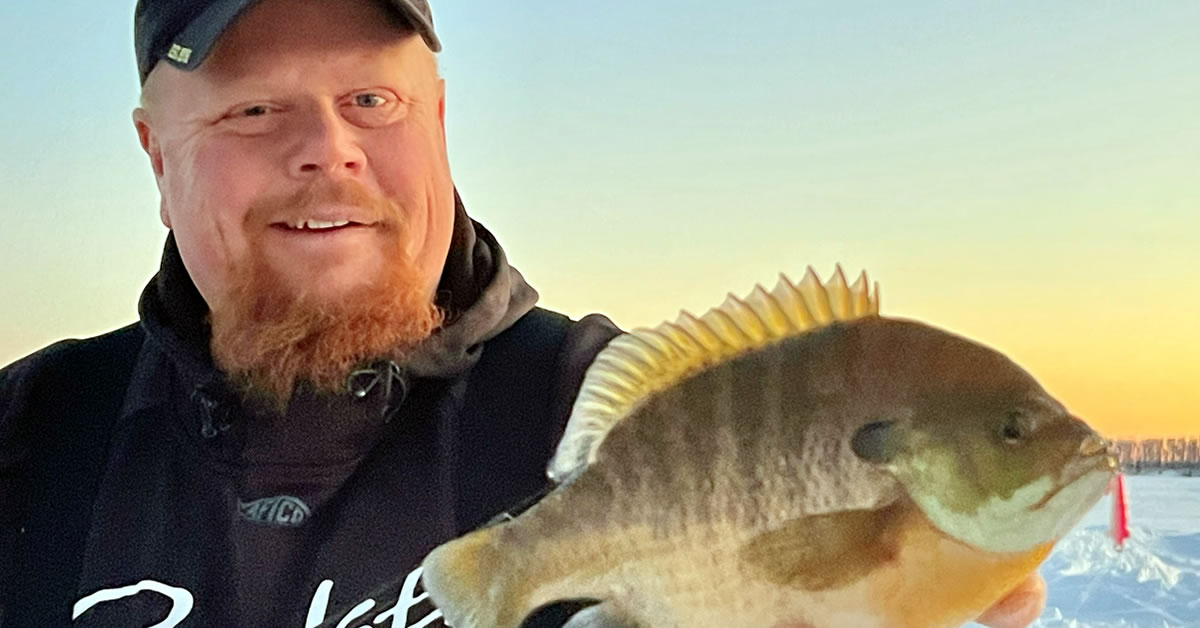Fishing Tubes for Pre-Spawn Smallmouth
by Nick SmyersOver the last few years I have spent many spring days chasing pre-spawn smallies. In April I target bronzebacks exclusively on Lake Winnebago (which has no closed season for gamefish) followed by the month of May on Lake Geneva, Sturgeon Bay and Big Green Lake. This year things will be much further behind due to our record cold winter and I will likely still be ice fishing well into April. With that being said, the past techniques that I have learned by fishing Lake Winnebago on cold April days will be applicable when the bass season opens in May on Wisconsin's inland lakes. All of the ice we have accumulated will set things back and extend pre-spawn activity for a few weeks at the very least. This is great news for anglers all over the Midwest because next to fall, this is as good as it gets for smallmouth fishing as large numbers of bronzebacks move to spawning flats and their adjacent staging areas. Even very large trophy smallmouth move shallow and become very aggressive, putting on the feed bag after a long winter.
.jpg)
On warm and sunny afternoons the water temps will usually creep into the lower 50's and male brownies will move up onto the flats, scouting for a nesting site while keeping their eye open for an easy meal. A day like this often results in high numbers of fish in the boat but the larger females are still holding in the staging areas. As water temps start to reach the mid 50's, the females will move up looking for a mate. During this period I work the tube with the rod up, making the bait rise off the bottom and dart back down on the pause. Snapping the rod can also trigger an aggressive reaction from smallies. Vary your retrieve until you find out what works best as the preferred presentation will change from day to day. Males usually have their nests made by now and will attack anything that comes near it, so hang on to your rod tight. Spring is your best chance at the fish of a lifetime, as the trophy females move up shallow before they drop their eggs. Depending on the population of smallies on the body of water you are fishing, this activity can continue throughout the low to mid 60 degree water temperatures as different waves of fish move up. It also happens at different times at different areas of the lake. At places like Sturgeon Bay, fish even continue to spawn late into June.
My all-time favorite lure for this period is a Kalin's Tube stuffed with a Kalin's Ultimate Jig Head with the hook exposed. In most situations I like the 3 1/2 inch model, but for highly pressured fish or super shallow clear water situations, the 3 inch model can be deadly. Tubes are a dead ringer for a crayfish, or in the case of the Great Lakes, a goby, so keep this in mind for your color selection. It is pretty hard to beat green pumpkin but if you want a little extra flash, Kalin's does make a green pumpkin/purple/copper flake combination. If the water becomes dirty, as it often does on Winnebago, black neon is an excellent choice and is a favorite among river anglers. Crayfish also tend to take on the color of their surroundings, and in places with lots of sand and grass, dark melon and confetti are great options. The weight and style of jig head I use is dependent on depth, wind, waves and even water temperature. I prefer to use the lightest jig head I can fish effectively and most of the time this is ¼ ounce. I can make long casts with it, feel it well on the bottom, and work it back to the boat in a timely manner. In spring you rarely need to fish deeper than 15 feet, so even in windy conditions, 3/8 ounce is usually enough. The 1/8 ounce Kalin's Ultimate Darter Jig works great with the 3 inch Kalin's Tube which is the perfect bait for bluebird days, shallow, calm conditions and highly pressured smally waters. Depending on the size of the jig head used, lubrication will help insert the jig into the tube. Simply squeeze the hollow tube body on the end opposite the skirt while squirting an oily fish attractant into it (spit works too) and when you let go the "lube" will get sucked into the body of the tube thus making the jig insertion much easier.
.jpg)
I favor a spinning outfit for fishing with tubes in the spring as it allows me to make very long casts and use light line. I employ a 7 foot, medium heavy action rod for the 3 ½ inch tube and a 7'6" medium action rod for the lighter 3 inch tube. I match both of these setups with braided line tipped with a fluorocarbon leader via a double uni-knot. This knot takes a little time to perfect, but becomes second nature to tie with a little practice. With a 1/8 ounce 3 inch tube I use 10 pound test braid because of its great casting ability with this light bait. When throwing a ¼ to 3/8 ounce jig head with a 3 ½ inch tube I use 15 pound test equivalent braid. In either case, my leader is 8 pound fluorocarbon, usually 4 foot in length. For years I used just fluorocarbon as my main line, and it worked well, but braid has many advantages over fluorocarbon. Braid virtually eliminates line twist, is much more sensitive, has a better hook up ratio on long casts, and lasts longer between spooling which saves money over fluorocarbon. Most importantly though, the low stretch qualities of braided line allow you to get out of rocky snags. If you are not getting hung up on rocks fishing for prespawn smallies, you are not fishing in the right place! When you get hung up, grab the line between the reel and the first guide on the rod and pull on it making a bow in the line while loading up on the rod, then quickly release it while dropping the rod tip and putting a lot of slack in the line simultaneously, then wait a few seconds and pull. Fifty percent of the time, this technique will free your bait on the first try and if not, try a few more times. I can free the tube 80 percent of the time in just 2 or 3 tries. This is a much better percentage than straight fluorocarbon and will save you a lot of time and headaches retying. In Wisconsin the rocks in many of our lakes are infested with zebra mussels so be sure to check your leader often as mussels will shred even the best fluorocarbons quickly. Keep this in mind when setting the hook as your leader can be compromised after just a few casts, and for this reason, I use a sweep hook-set. With braided line and an exposed Kalin's high quality hook, this is all that is needed to bury the barb. When you get a bite, just load up the rod and reel quickly. It doesn't matter if you do this to the side or vertically as long as you get the line tight quickly to drive the hook in. A snap hook-set will leave you with many broken lines and much heartache.
The tube dragging days of spring will hopefully be here before you know it! Try these techniques when chasing prespawn bronzebacks and I promise you will have great results!



